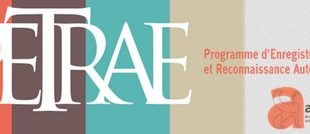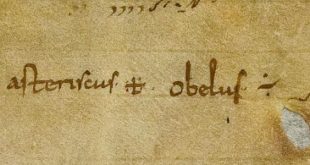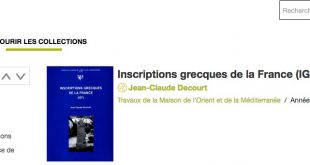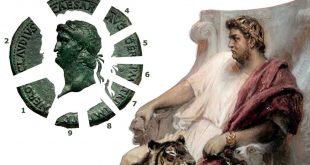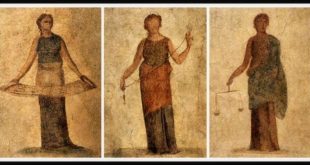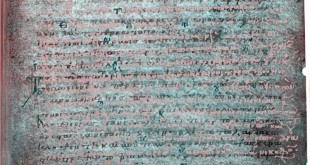A famous funerary epigram now at the British Museum (IG XIV, 2131) and dating to the second century CE has a skeleton lying in repose. It reads:
“Who can say, passerby, looking on a fleshless corpse, whether it was Hylas (i.e., a beautiful youth) or Thersites (i.e., a bow-legged, ugly man)?”
AN01064351_001_l
Via the British Museum: “Album of 40 prints and drawings of bas-reliefs; formerly belonging to Charles Townley. Marble relief of a skeleton with a Greek inscription (BM Cat. Sculpture 2391). Pen and ink; loose in album. Album tooled in gold on spine ‘Drawings III Bas Reliefs etc in Marble’.”I first learned about this inscription in a Greek epigraphy class at Duke University taught by Kent Rigsby. We were told to make a lemma of publications for each inscription, and I vividly remember tracking down the 1917 guide to inscriptions at the British Museum. Prof. Rigsby is emeritus from Duke now, but he still edits the open access journal Greek, Roman, and Byzantine Studies. In the spirit of open access, his epigraphy class had no central textbook and cost us almost nothing in terms of materials. It was largely based on reprints, open access materials, and good old fashioned leg work in the library. For n…
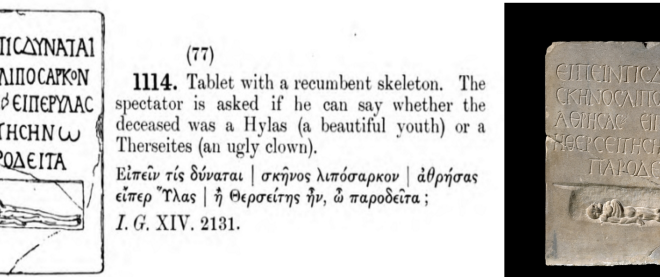
 Arrête ton char Langues & Cultures de l'Antiquité
Arrête ton char Langues & Cultures de l'Antiquité
